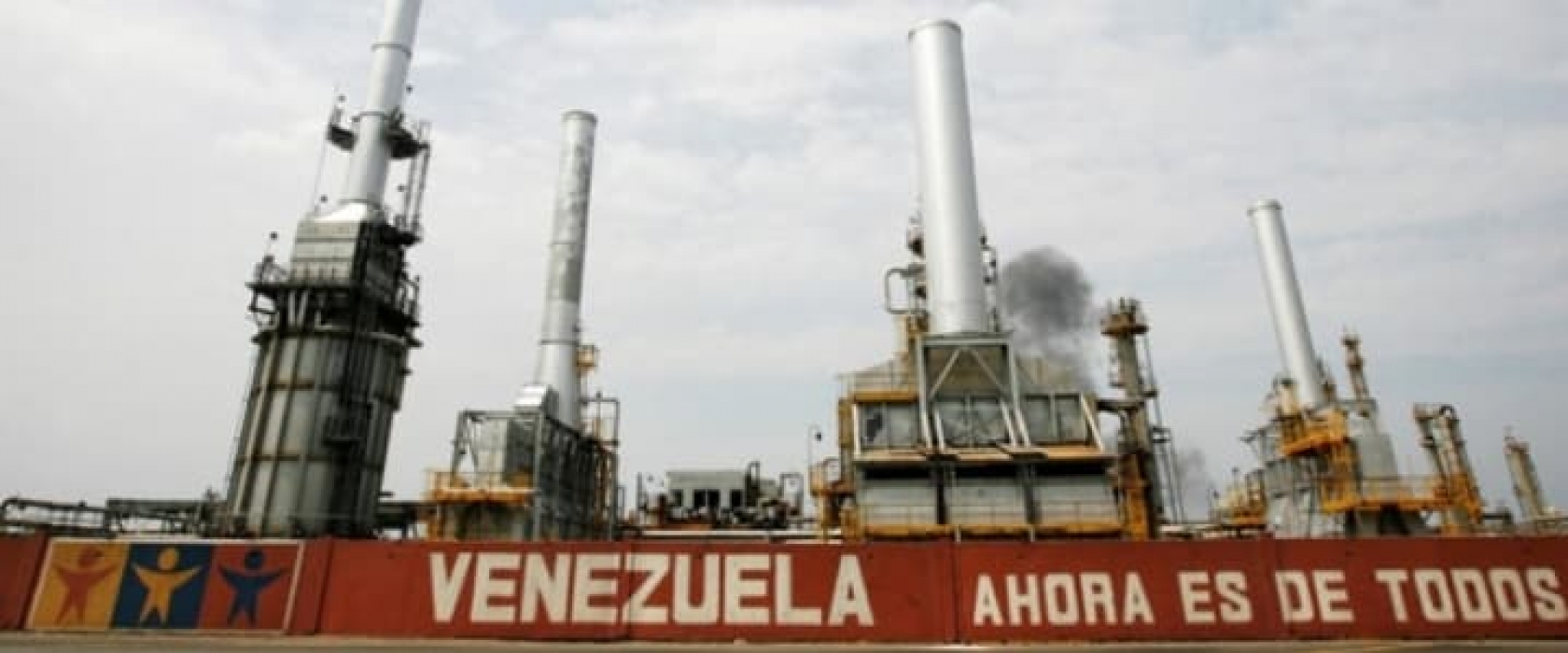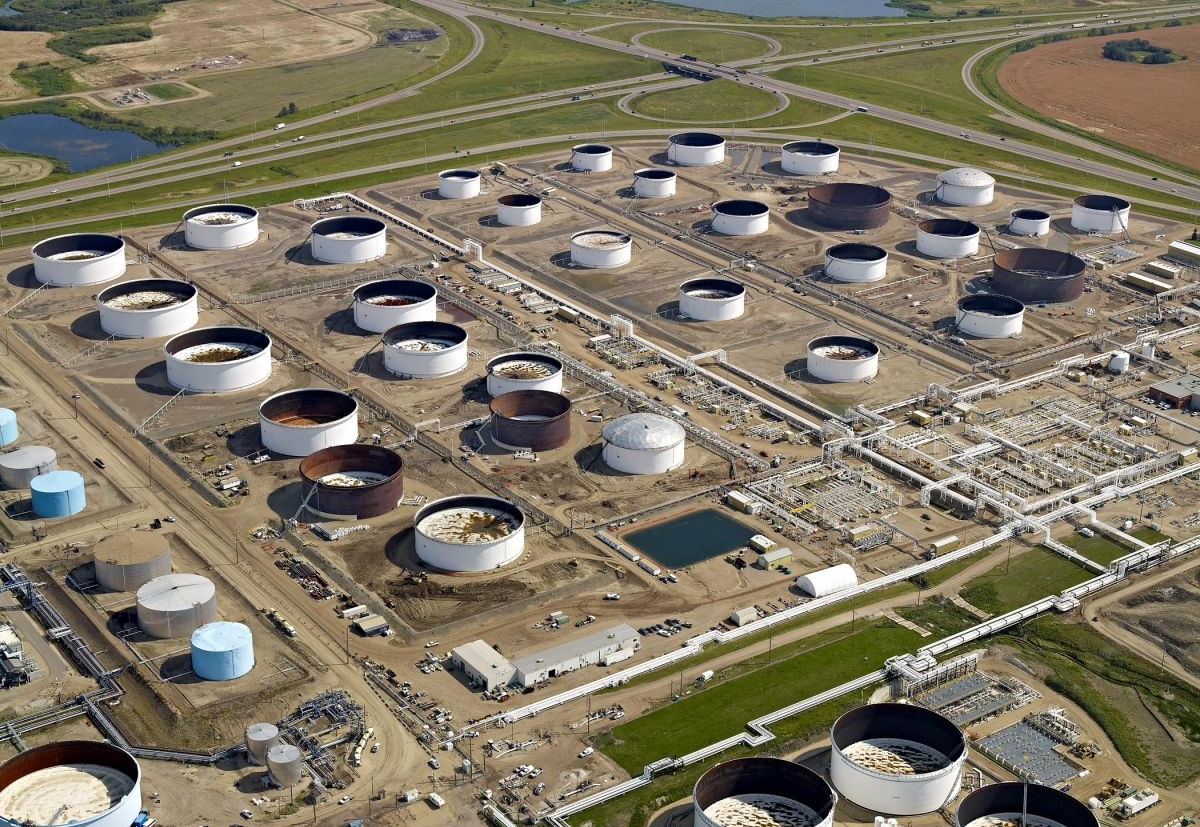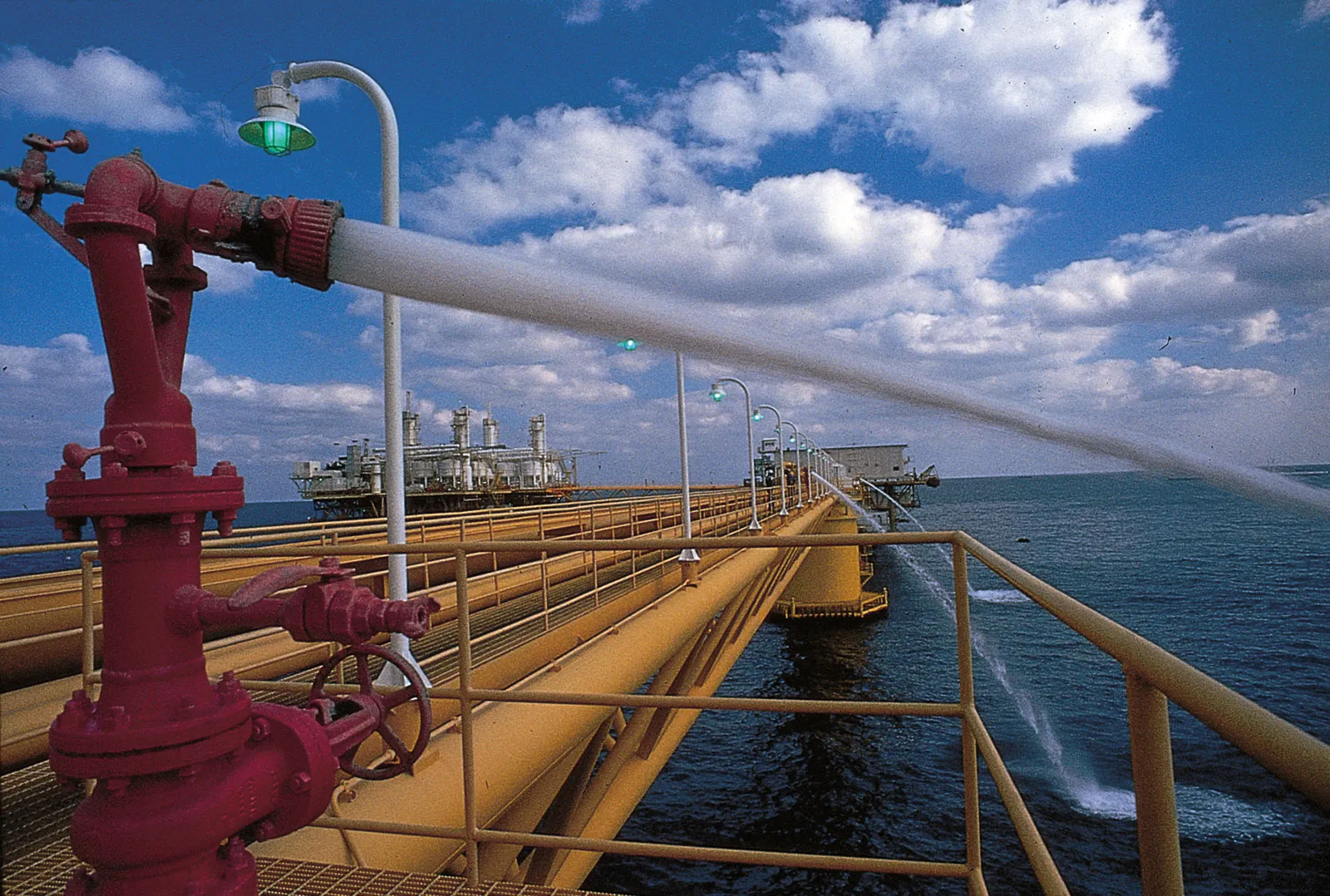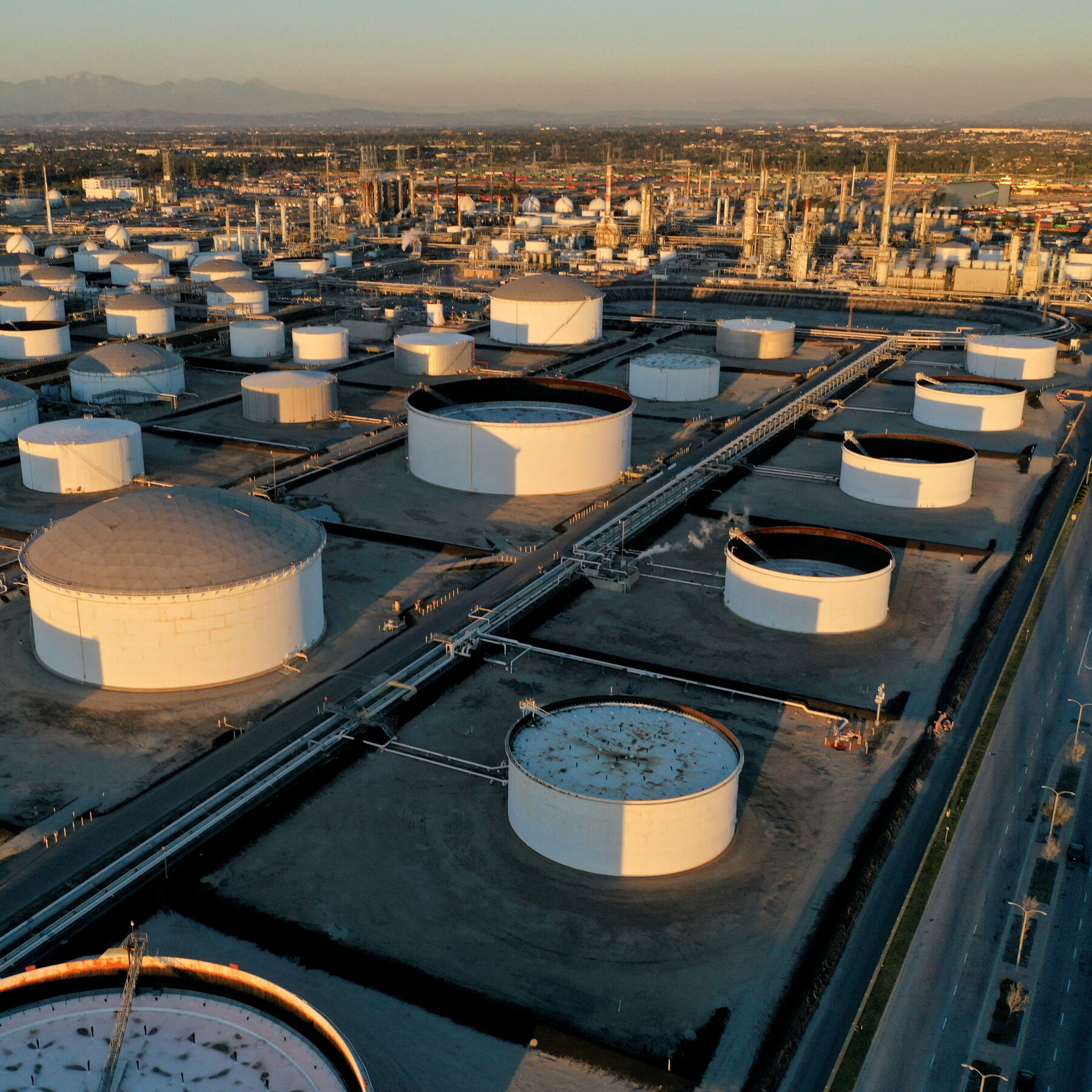Top Lists
Top 10 Countries With The Largest Oil Reserves
which country has the largest oil reserves? RNN in this article highlights the country with the largest oil reserves.

Which country has the largest oil reserves?
In the mid-nineteenth century, the oil industry emerged and the energy source offered a bountiful supply of power. This triggered wars and reshaped geopolitics with various countries competing to control the largest-known reserves. Crude oil is the world’s main source of fuel and the largest overall source of primary energy. In 2020, the world used approximately 88.6 million barrels of oil per day, which amounted to 30.1% of the world’s primary energy.
Crude oil creates gasoline, jet fuel, diesel, asphalt, tar, and lubrication oils. “Oil reserves” is an estimate of the amount of not-yet-mined crude oil located in a particular country that can be recovered with current technology and at a cost that is financially feasible about the current price of oil.
The United States is the world’s foremost producer of oil, as well as the world’s largest consumer of oil, which makes it necessary for the U.S. to import additional oil from dozens of other oil-producing countries. Despite its world-leading oil production, the United States is only 9th in the world in terms of available oil reserves.
In this article, RNN will highlight the country with the greatest oil reserves
| No | Country | Oil Reserves Barrels | Percentage |
| 1 | Venezuela | 303.8 billion | 17.5% |
| 2 | Saudi Arabia | 297.5 billion | 17.2% |
| 3 | Canada | 168.1 billion | 9.7% |
| 4 | Iran | 157.8 billion | 9.1% |
| 5 | Iraq | 145 billion | 8.4% |
| 6 | Russia | 107.8 billion | 6.2% |
| 7 | Kuwait | 101.5 billion | 5.9% |
| 8 | United Arab Emirates | 97.8 billion | 5.6% |
| 9 | United State | 68.8 billion | 4.0% |
| 10 | Libya | 48.4 billion | 2.8% |
1. Venezuela – 303.8 billion barrels
Venezuela is the country with the largest oil reserves barrel in the world with a total of 303.8 billion barrels. The edition of the BP Statistic Review of World Energy reports the total proved reserves of 303.8 billion barrels for Venezuela which is slightly more than Saudi Arabia’s 297.5 billion barrels. Venezuela’s crude oil is very heavy by international standards, and as a result, much of it must be processed by specialized domestic and international refineries.
The country also has large deposits of oil sands, like those present in Canada. Due to their viscous nature, Venezuela’s Orinoco tar sands can be produced using conventional methods.
2. Saudi Arabia – 297.5 billion barrels
The country is a plateau region, with bands of imposing highlands rising from the narrow Red Sea coast. More than nine-tenths is desert, including the world’s largest continuous sand area, the Rubʿal-Khali (“Empty Quarter”). The largest petroleum producer of the Organization of Petroleum Exporting Countries (OPEC) and one of the leading oil exporters in the world, Saudi Arabia has reserves that represent one-fourth of the world’s total. Its other products include natural gas, gypsum, dates, wheat, and desalinated water. It is a monarchy its head of state and government is the king, assisted by the crown prince. Saudi Arabia is the historical home of Islam.
On the other hand, Saudi Arabia reported 297.5 billion barrels of proved reserves in 200 and 267 billion barrels in 2014. Saudi Arabia’s barrels were deemed to be economical to produce even before oil prices spiked. For that reason, I consider Saudi Arabia’s proven reserves 17.2% of the global total to be of the most significance to the global oil market.
3. Canada – 168.1 billion barrels
Oil reserves in Canada were estimated at 168.1 billion barrels as of the start of 2015. This figure includes the oil sand reserves that are estimated by government regulators to be economically producible at current prices using current technology. According to this figure, Canada’s reserves are third only to Venezuela and Saudi Arabia. Over 95% of these reserves are in the oil sand deposits in the province of Alberta. Alberta contains nearly all of Canada’s oil sands and much of its conventional oil reserves. The balance is concentrated in several other provinces and territories.
Canada is a net exporter of crude oil, with most of its sales heading to the US, to which it is the largest foreign supplier. In 2019, it exported 3.7 million barrels per day to the US – 98% of its total exports. Five companies account for more than half of Canada’s crude oil production. They are Suncor, Canadian Natural Resources, Imperial Oil, Husky and Cenovus.
4. Iran – 157.8 billion barrels
International sanctions on Iran due to its nuclear activities have weighed on the country’s energy sector, hitting its oil production capabilities. The country has estimated proven oil reserves of 156 billion barrels as of 2019, which is 9% of the world’s share. Iran’s oil reserves are expected to last for nearly a century if it continues its production at 2006 rates.
The country also ranks second among countries with the world’s largest natural gas reserves 32 trillion cubic metres, or 16% of the global total and shares ownership of the world’s largest gas field South Pars/North Dome with neighbouring Qatar. Iran has more than a century of history in exploration and production the first successful exploration well was Masjid Suleiman on May 26, 1908. Since then, based on the latest oil and gas reports, 145 hydrocarbon fields and 297 oil and gas reservoirs have been discovered in Iran, with many fields having multiple pay zones. A total of 102 fields are oil and the remaining 43 are gas, and there are 205 oil reservoirs and 92 natural gas reservoirs.
5. Iraq – 145 billion barrels
Oil reserves in Iraq are considered the world’s fifth-largest proven oil reserves, with 145 billion barrels. The sources for this oil are primarily located in the Shiite Muslims majority and Arab Sunni Muslims dominated areas on the other hand are comparatively lacking. As a result of military occupation and civil unrest, the official statistics have not been revised since 2001 and are largely based on seismic data from three decades ago. International geologists and consultants have estimated that unexplored territory may contain vastly larger reserves.
Economic sanctions, military conflicts and political upheaval have also inflicted a blow to the development of its oil infrastructure, damaging its capability to generate national revenues from exports. Basra, Baghdad and Ramadi are the cities that hold much of the country’s reserves and, according to World Bank, Iran needs an annual investment of $1bn (£760m) to continue its current oil production rate.
6. Russia – 107.8 billion barrels
There have been widely varying estimates of proven oil reserves in Russia. Most estimates included only Western Siberian reserves, which have been exploited since the 1970s and supply two-thirds of Russian oil. Russia has just above 107 billion barrels of proven oil reserves 6.2% of the worldwide total with a major part of them located in Siberia.
Its production slumped after the collapse of the Soviet Union but later rebounded due to the privatisation of the energy industry. In 2019, it was the third-biggest oil-producing nation, after the US and Saudi Arabia. Future exploration activity is expected to boost Russia’s oil reserves in Arctic waters. In October 2018, Russia’s crude oil output grew to 11.61 million barrels per day.
7. Kuwait – 101.5 billion barrels
Oil reserves in Kuwait make up 5.9% of the oil reserves in the world. Kuwait is OPEC’s third largest oil producer and claims to hold approximately 101.5 billion barrels. This includes half of the 5 billion barrels in the Saudi-Kuwaiti neutral zone, which Kuwait shares with Saudi Arabia. Most of Kuwait’s oil reserves are located in the 70 billion barrels Burgan field, the second largest conventional oil field in the world, which has been producing oil since 1938. Since most of Kuwait’s major oil fields are over 60 years old, maintaining production rates is becoming a problem.
8. United Arab Emirates – 97.8 billion barrels
The United Arab Emirates (UAE) is among the world’s ten largest oil producers. About 96% of the country’s roughly 97.8 billion barrels of proven oil reserves are located in Abu Dhabi, ranking number eight worldwide. The UAE produces an average of 3.2 million barrels of petroleum and liquids per day. That is a 5.6% share of the global total.
The Upper and Lower Zakum offshore oilfields, located approximately 84km northwest of Abu Dhabi, account for a large proportion of the UAE’s proven oil reserves. More than 90% of the UAE reserves are held by Abu Dhabi, with Dubai and Sharjah next in line. Crude oil products are among the most valuable export commodities from the federation.
9. United States – 68.8 billion barrels
Oil reserves in the United States were 43.8 billion barrels of crude oil as of the end of 2018, excluding the Strategic Petroleum Reserve. The 2018 reserves represent the largest US-proven reserves since 1972. The Energy Information Administration estimates the US’s undiscovered, technically recoverable oil resources to be an additional 198 billion barrels. The United States crude oil production declined since reaching a smaller secondary production peak in 1988 caused by Alaskan production but increased again from 2016 to 2020. Total production of crude oil from 1970 through 2006 was 102 billion barrels or roughly five and a half times the decline in proved reserves. Now the united state has a total oil of 68.8 billion barrels.
10. Libya – 48.4 billion barrels
With oil reserves of 48.8 billion barrels, Libya is home to the largest deposits in Africa. I hold 2.8% of the world’s proven resources. The Libyan economy is heavily reliant on oil and gas exports, with the industry accounting for around 60% of its GDP, and most of its export revenue. At the end of 2019, Libya was producing more than one million barrels per day, but a civil war in the country, in which oil infrastructure was targeted with blockades, significantly reduced the country’s output capacity for much of 2020.
Many of the country’s oilfields are located in the Sirte Basin in the east of the country, although the El Sharara and El Feel fields in the west are also important production regions. A large part of the region, where there is potential for finding new oil reserves, remains unexplored. The drilling of oil wells in Libya was first authorised by the Petroleum Law of 1955. The National Oil Corporation is the largest oil company in Libya. Gaddafi was using the oil revenues to ensure the stability of his rule by giving Libyan officials a percentage of the revenues. Gaddafi was afraid of an internal coup against him, so he resorted to this trick. Oil revenues were used as a bribe to officials to ensure their loyalty to Gaddafi.
Conclusion
In this article, it was concluded that Venezuela has the largest oil reserves in the world. The country has a total oil of 303.8 billion barrels which makes him the first country in the whole world.





